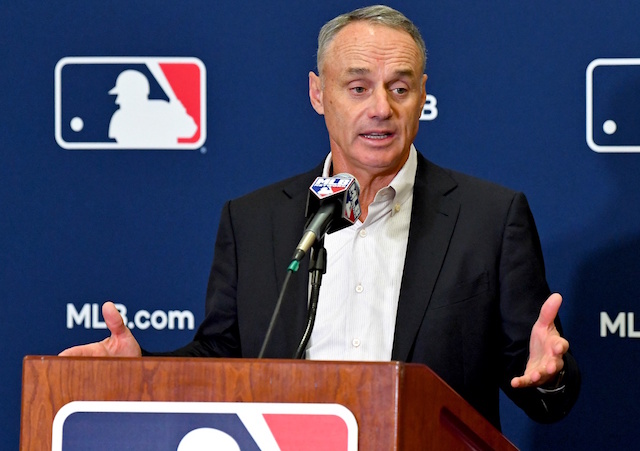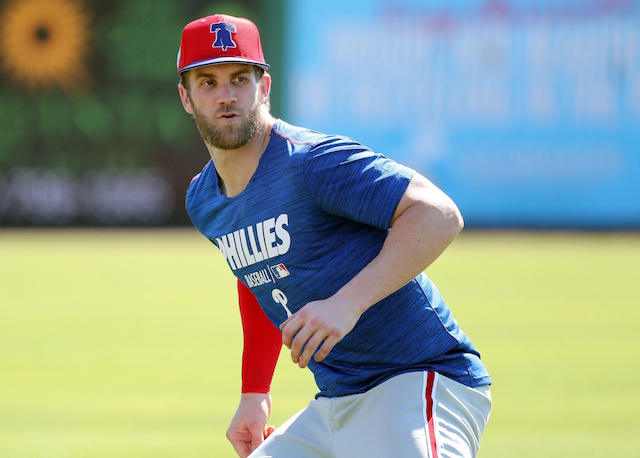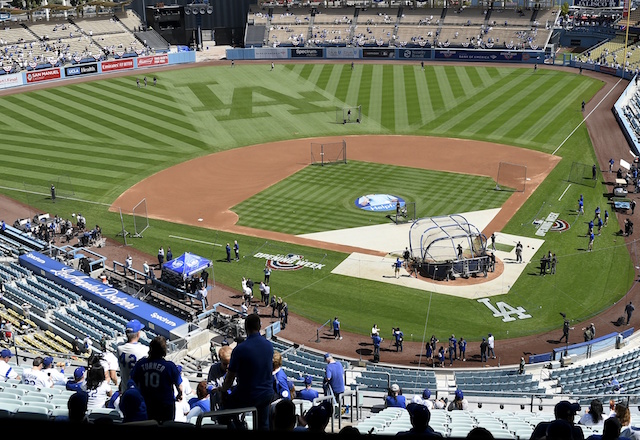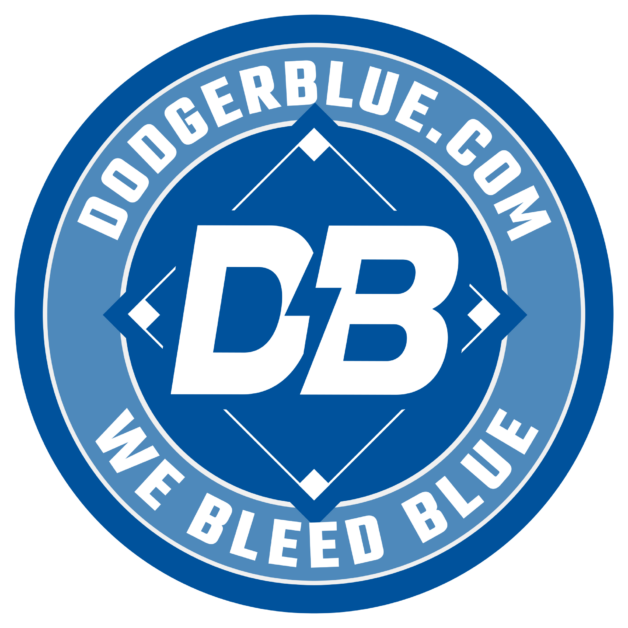The Automatic Ball-Strike (ABS) challenge system represents the latest evolution in the way baseball is to be played at the Major League level.
With the ABS, home-plate umpires still are in charge of calling balls and strikes during games, but Hawk-Eye technology cameras help monitor the exact location of the pitch relative to a strike zone that is customized to each individual batter.
Players on either offense or defense are able to challenge a call, but it is limited to the batter, pitcher and catcher. Additionally, a challenge must be made within two or three seconds of the umpire’s call, and without any assistance from the dugout.
Because the substantial effect it has on the way balls and strikes are called, the ABS challenge system underwent extensive testing in the Minor Leagues. It was also implemented in Spring Training games this year as a final test run of sorts to ensure it could be implemented by MLB.
By commissioner Rob Manfred’s account, it was a successful trail run and his hope was to have the system be fully implemented in MLB by the 2026 season.
But in April, Manfred did state that he anticipated a decision on the ABS challenge system’s implementation to be delayed until after the 2026 season as part of the next CBA negotiation.
There seems to have been a shift in opinion recently, with a proposal to implement the ABS challenge system in 2026 likely to pass, according to Evan Drellich of the Athletic:
Commissioner Rob Manfred said on Wednesday he plans to introduce a proposal to Major League Baseball’s competition committee that would bring the automated ball-strike system to MLB in 2026.
Implementation of the ABS challenge system in 2026 will be the biggest change to the sport since the rule changes put into place in 2023. The pitch clock, larger bases and restrictions on shifts were all introduced that season with the goal of speeding up the pace of play and improving offense.
Those changes have proved to be a benefit to the league over the years, and the hope is that the ABS challenge system will continue that trend.
How does ABS system strike zone work?
MLB executive vice president of baseball operations Morgan Sword explained the strike zone for the Automated Ball-Strike system was created by establishing a two-dimensional rectangle that is set halfway back on home plate (8.5 inches from the front), and the top and bottom are set in proportion to a batter’s height.
That’s based on the length between 27% to 53.5% of a batter’s height, which is roughly the letters of the jersey to the knees when in a normal stance.
MLB took detailed measurements of player heights in order to determine the strike zone for each.
Have you subscribed to the Dodger Blue YouTube channel? Be sure to ring the notification bell to watch player interviews, participate in shows and giveaways, and stay up to date on all Dodgers news and rumors!







